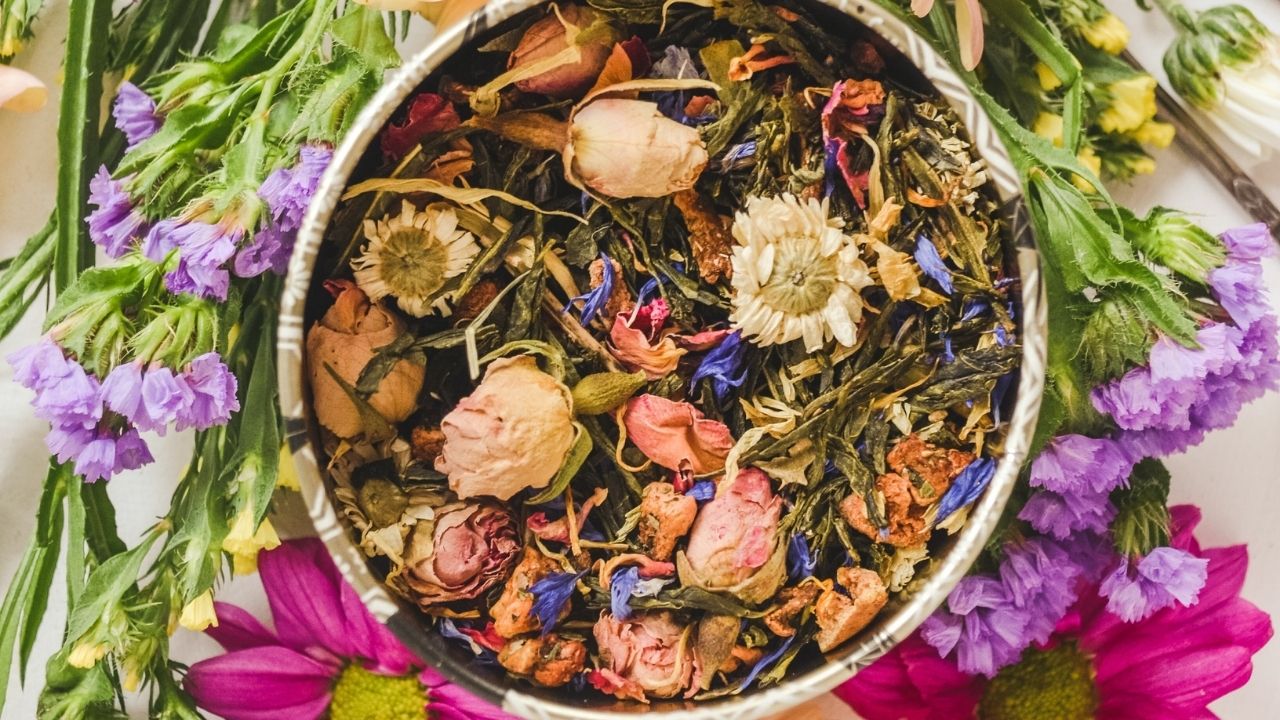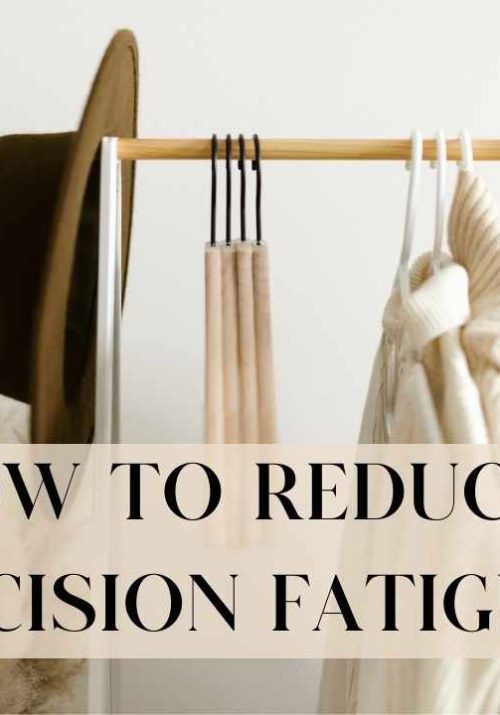Edible flowers are an amazing way to make any plate look more picturesque and sneak in so many wellness benefits into your diet. Edible Flower Benefits are diverse and plentiful, learn all about them in this blog post.

The use of edible flowers dates back to the times of Julius Caesar. As humans, we have always been drawn to beautiful things and our food is no exception. The wonderful thing about edible flowers is that they are as nutritious as they are pretty. There is nothing better than a plate of food that is delicious, visually appealing, and packed with benefits. Edible flowers are packed with wellness benefits and are the perfect way to sneak in nutrients while making our meals more aesthetic.
This blog post will go over all edible flower benefits, ways to use edible flowers in your everyday life, and show where to find these amazing fleurs.
1.) Roses
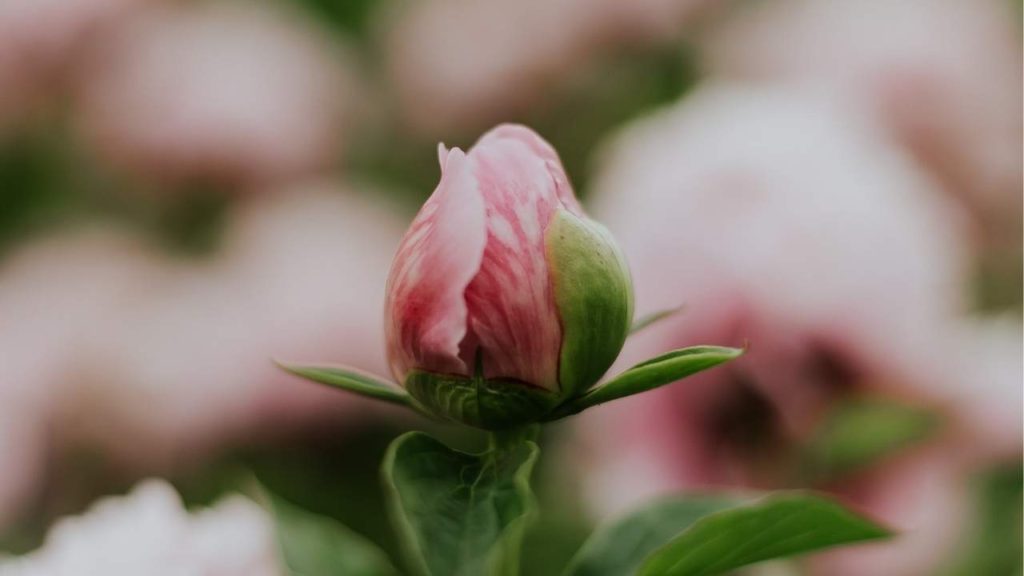
Roses are one of the most popular edible flowers and are used in a variety of ways. Rose has been used for centuries in many eastern cultures for wellness and beauty purposes. Rosewater can calm the mind, soothe the skin, balance the skin’s pH, is anti-bacterial, & anti-inflammatory.
There are many ways to incorporate rose into your diet, here are just a few:
- Add of few dried Rose Buds to coffee to give your morning cup a light floral taste and balance out the coffee’s acidity.
- Add a few drops of Rose water to your glass of water or baked goods.
- Enjoy a cup of Rose Bud Tea by combining 1-2 tbsp of dried Rose buds to 8 oz hot water and steeping for about 5 minutes.
3.) Violets
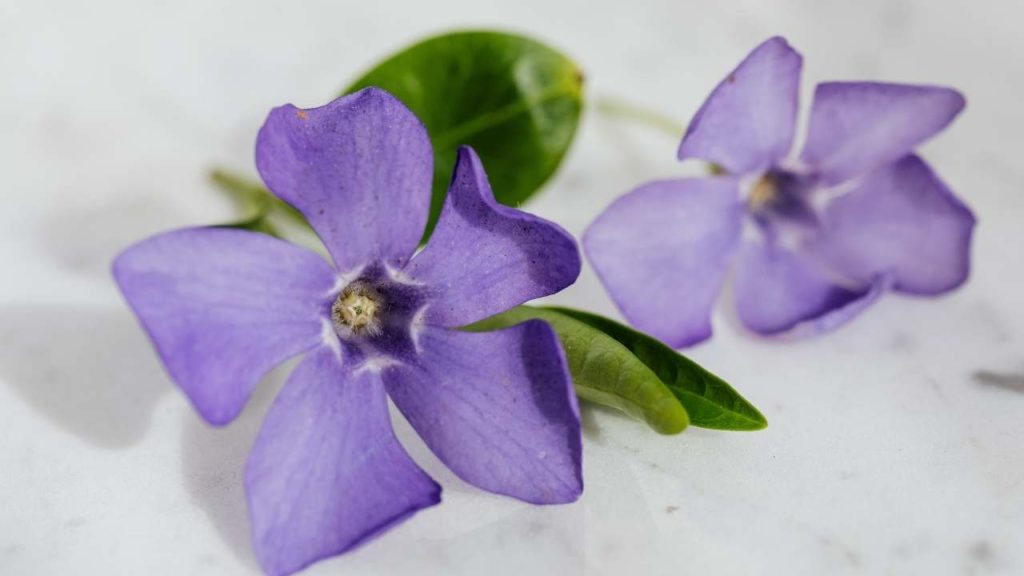
Violet flowers have a rich history in treating multiple ailments and were used widely in Europe to help with a dry hacking cough. Although most known for its use for respiratory issues, violet is used as an herbal remedy for many other purposes.
Violet Flower Herbal Actions:
- Anti-inflammatory
- Lymphagogue (stimulates the lyphatic systems)
- Expectorant (clears mucus, treats cough)
- Vulnerary (promotes wound healing)
- Diuretic
- Mild laxative
It is important to note that only the flower is edible and the stem can cause nausea. The violet flower is very safe to use for all ages and is a gentle herb that can be consumed in large quantities. Violet flower can be enjoyed as a tea, infused in honey, infused in oil, as a garnish, and as a vinegar.
4.) Nasturtiums
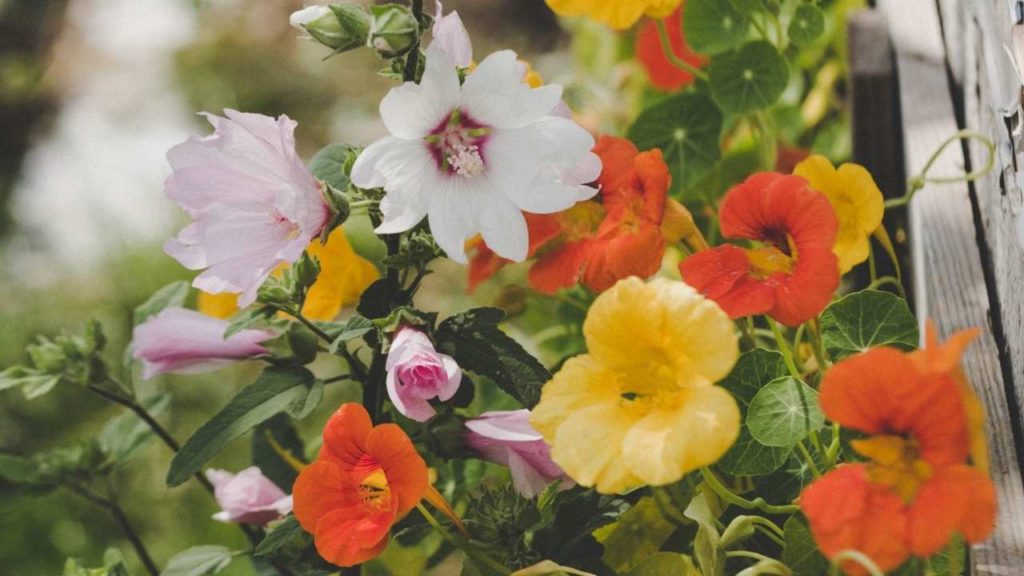
Nasturtiums are a popular edible flower, as their vibrant colors make for the perfect culinary garnish. Both the flower and leaves of Nasturtium are edible and have a savory flavor.
Nasturtium edible flower benefits include being very nutrient-dense containing a large amount of vitamin C. The Nasturtium plant also has large amounts of manganese, iron, flavonoids, and beta carotene.
Nasturtium flowers and leaves are most commonly used as an aesthetically pleasing garnish to salads and can also be added to soups and stews. Nasturtium leaves make a great substitute for basil in any pesto recipe!
5.) Hibiscus
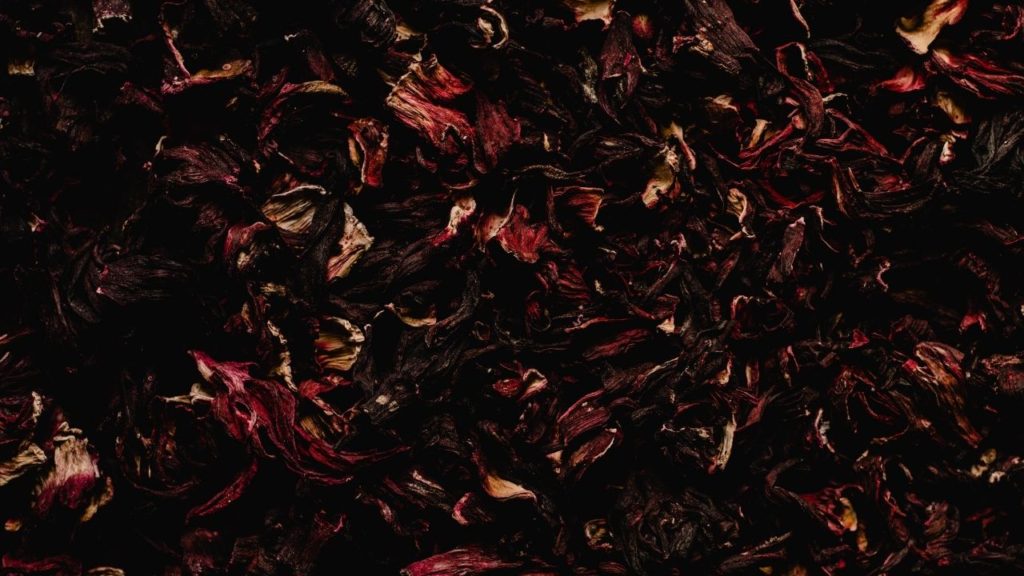
Hibiscus flowers are incredibly nutrient-dense and easy to prepare. When purchased as a dried flower, you can sprinkle in a few of the dried petals into tea. A little bit of hibiscus flower goes a long way. Hibiscus flowers have a tart taste similar to cranberries. Hibiscus tea has been known to make some sleep and has relaxing properties. It is a great evening herbal tea option.
Health Benefits Of Hibiscus Flowers:
- Packed With Antioxidants.
- Potential To Boost Liver Health.
- May Help Lower Blood Pressure.
- May Help Lower Blood Fat Levels.
- Caffeine free and promotes relaxation.
- Natural Dierutic.
- Contains Compounds That May Help Prevent Cancer.
6.) Lavender
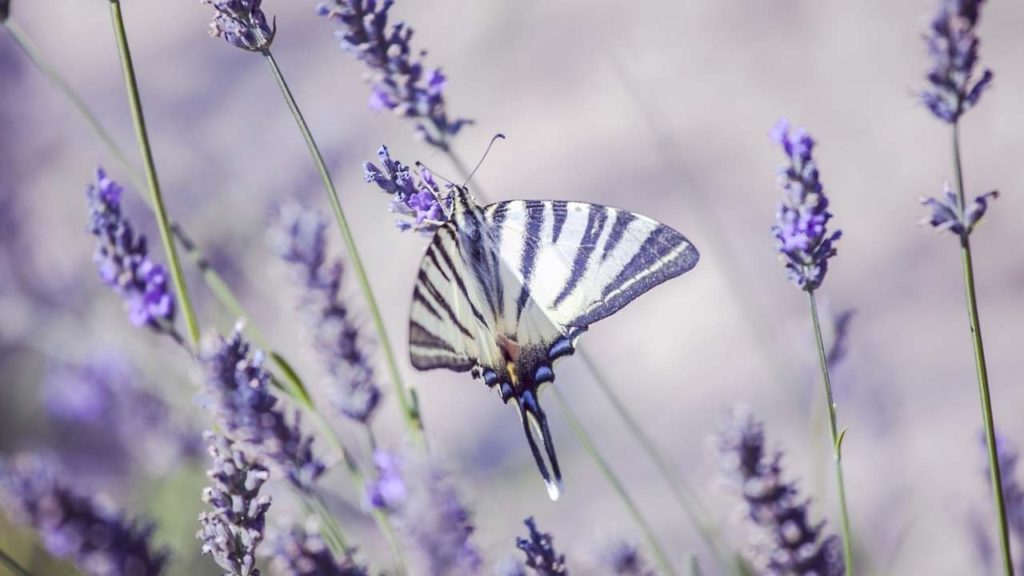
The Lavender flower is most commonly used for combating anxiety, stress, and trouble sleeping. This popular flower has a distinct smell that calms the mind and nervous system. There are many ways to use lavender in your everyday life. Lavender flowers can be dried to make tea, used as a garnish, infused in oils, applied topically to the body, simmered in milk, and in baked goods. Lavender tea is a wonderful bedtime option to promote a restful night of sleep.
7.) Calendula

Calendula was utilized in traditional European herbalism for many different purposes. In medieval Europe, calendula was known as “poor man’s saffron” as it was used as a dye for many foods. Calendula has powerful edible flower benefits and is most commonly used to ease muscles spasms and regulate menstrual cycles. Calendula Flower has many proposed benefits that are still undergoing scientific studies to determine its effectiveness. This edible flower is safe to consume both in flower and in extract form.
Potential Benefits Of Calendula:
- High in antioxidants such as triterpenes, flavonoids, polyphenols, and carotenoids. (1)
- Calendula Extract found in oils and creams may promote wound healing.
- Calendula Extract is known for its anti-bacterial and anti-fungal properties. (2)
- Anti-inflammatory and anti-microbrial properties.
- Because of its high amount of antioxiants it may improve skin appearence.
8.) Borage Flowers
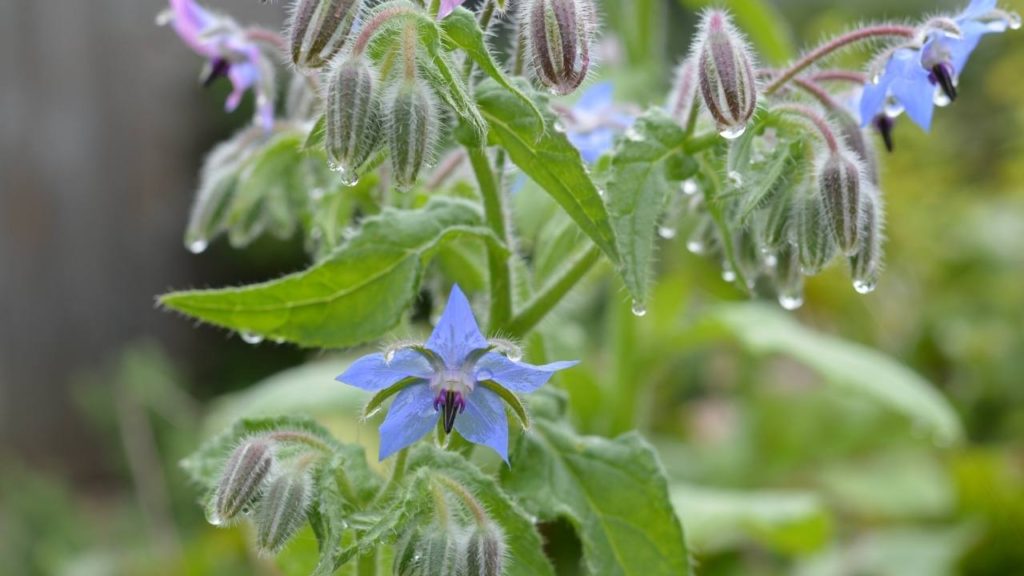
The Borage Plant is a powerful plant harvested for its flower, leaves, and seeds. Borage Seeds are made into an oil that is used topically for many common skin conditions such as excema. Borage Plant is used for other ailments such as pre-mentrual symptoms, depression, fever, cough, and swelling.
So, how does borage plant acheive all of these wellness and skin benefits? Borage seed oil contains a fatty acid called gamma linolenic acid (GLA). GLA seems to have anti-inflammatory effects. Borage flower might also have an antioxidant effect. (1)
Borage flower is most commonly served in salads and soup. Dried borage flowers can also easily be made into a tea.
9.) Dandelion

Dandelion root is a very common edible flower found in most backyards in America. Although easily found, you do not want to eat just any dandelion flower due to the risk of pesticides. This powerful edible flower has been used for many centuries for its healing propeties and is rich in potential health benefits.
Potential Benefits Of Dandelion:
- Rich in antioxidants.
- Polysaccharides in dandelion help promote liver health. (1)
- May help acheive weightloss goals.
- Promotes skin radiance.
- Reduces inflammation.
- Lowers blood pressures.
10.) Chamomile

Last but not least on this list of edible flower benefits is chamomile. Chamomile is another very popular edible flowers commonly used as a bedtime tea to promote a healthy sleep cycle. Chamomile is also known for soothing digestive issue such as indegestion, diareeea, and nausua. (1) Many women drink chamomile to ease mentrual cramps and discomfort. This edible flower is very safe to consume for all ages.
That concludes the list of edible flowers and their benefits! I hope you enjoyed reading through this guide and wish you luck using edible flowers in your everyday life!
Please Note: Links above do contain affiliate links that allow me to earn a small commission if you choose to purchase an item through them.
✨🌿 To Stay Up To Date On All Things Beauty And Wellness:
Follow @radiantly.nourished on Instagram and connect with me on Youtube, Pinterest, & TikTok.
Thank you for reading,
Jordana
READ NEXT:
Honest Skincare Advice I Live & Swear By For Consistently Clear Skin
